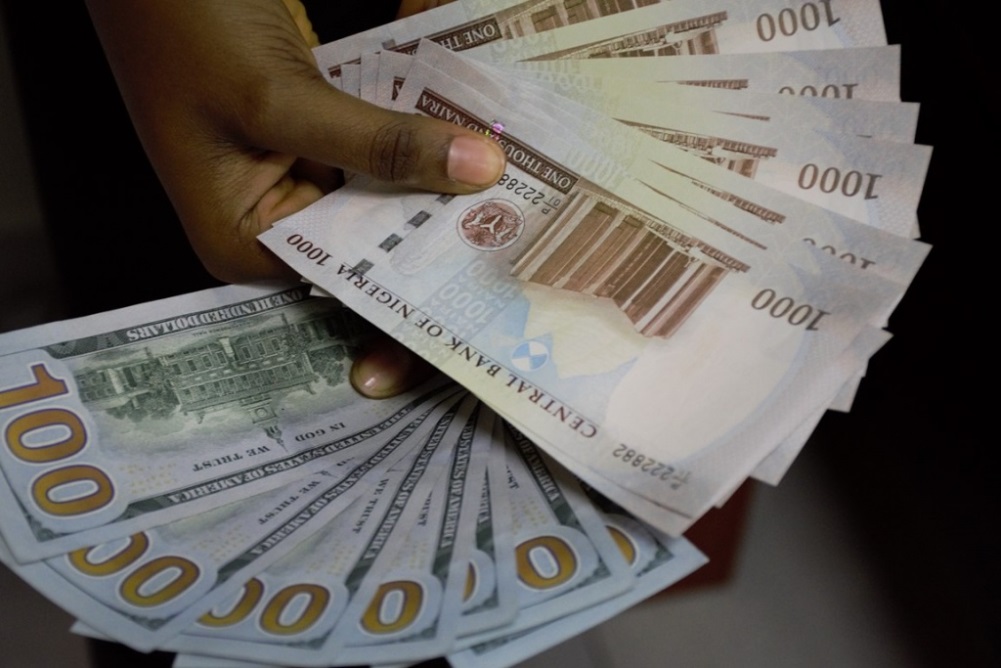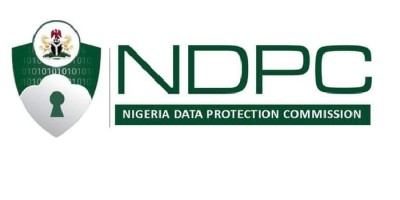Nigeria’s Liberalized Foreign Exchange Regime: Current Impacts And The Near Future
Posted on Thu 13 Oct 2016
- Download Resource
When, on June 15, 2016, the Central Bank of Nigeria (“CBN” or “apex bank”) first announced its decision to launch a floating foreign exchange (“FX”) regime with effect from Monday, June 20, 2016; end-users of FX waited in apprehension to see the new regime take off whilst a few businesses, investors (local and foreign), corporates and other stakeholders in the money market expressed their shock.
In order to establish a workable framework for the new FX regime, the CBN released a three-in-one set of guidelines, namely: (1) Guidelines for the Operation of the Nigerian Inter-bank Foreign Exchange Market (2) Guidelines for Primary Dealership in Foreign Exchange Products; and (3) How the CBN Naira-settled OTC FX Futures Market will work. For the purpose of this article, we will refer to these three Guidelines as the “new FX Guidelines”.
Beyond the popular expectation of the familiar devaluation exercise carried out in the past, the CBN, through the new FX Guidelines introduced a “fully liberalized” FX market. This move by the CBN, is considered by many stakeholders as the most adventurous by the CBN; since the Exchange Control (Anti-Sabotage) Act of 1962 was repealed in 1995 by the extant Foreign Exchange (Monitoring and Miscellaneous Provisions) Act, (Cap. F34, Laws of the Federation of Nigeria (“LFN”), 2004), (the “Forex Act”).
True to form, the FX market has been hit by constant illiquidity and volatility, primarily worsened by the crash in global commodity prices (especially the hitherto plummeting international oil prices) and the resultant diminishing FX earnings and shrinking foreign reserves for the country.
In order to achieve the intended objectives of transparency, liquidity and stability in the FX market, the CBN has been issuing specific regulations (published in a number of Circulars) to facilitate implementation of the new FX Guidelines, pursuant to its various powers under the CBN Act No. 7 of 2007), Forex Act and, the Banks and other Financial Institutions Act (“BOFIA”), (Cap. B3, LFN, 2004).
Simply, the aim of this article is to analyse the far-reaching changes, which the new FX Guidelines have introduced into the FX market and the specific implications they hold for domestic and foreign investors, businesses, the organised private sector and the overall economy; now and in the near future.
A FLEXIBLE SINGLE MARKET STRUCTURE
The new FX Guidelines have ended the old dual FX market system where both the pegged ‘CBN/Official Rate’ and the ‘Inter-Bank Rate’ coexisted; and created in its stead, an inter-bank autonomous market window for all FX transactions (“Single Market”).
The FX rates in the Single Market are now market-driven i.e. determined through the interplay of demand and supply but kept within a daily maximum spread (i.e. the difference between the FX Bid rates and the Offer rates) which is determined by the FMDQ Over-The-Counter (“OTC”) Securities Exchange (“the FMDQ”). All Authorized Dealers are to buy and sell FX among themselves on a two-way quote basis via approved trading systems (which at this time, is only through the FMDQ Thomson Reuters FX Trading Systems – TRFXT Conversational Dealing). However, Authorized Dealers are also permitted, to offer one-way quotes (through the TRFXT Anonymous Firm Orders – Order Book) on all products to other Authorized Participants on request, via any approved trading system.













